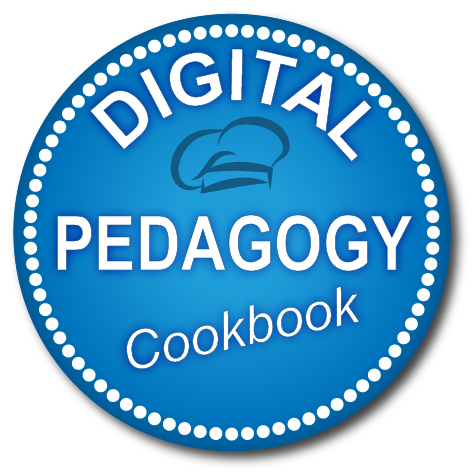Teaching and Learning
Digital technologies can enhance and improve teaching and learning strategies in many different ways. However, whatever pedagogic strategy or approach is chosen, the educator’s specific digital competence lies in effectively orchestrating the use of digital technologies in the different phases and settings of the learning process. The fundamental competence in this area – and maybe of the whole framework – is 3.1: Teaching. This competence refers to designing, planning and implementing the use of digital technologies in the different stages of the learning process.
Competences 3.2 to 3.4 complement this competence by emphasizing that the real potential of digital technologies lies in shifting the focus of the teaching process from teacher-led to learner-centred processes. Thus the role of a digitally-competent educator is to be a mentor and guide for learners in their progressively more autonomous learning endeavours. In this sense, digitally-competent educators need to be able to design new ways, supported by digital technologies, to provide guidance and support to learners, individually and collectively (3.2) and to initiate, support and monitor both self-regulated (3.4) and collaborative (3.3) learning activities.
Teaching and Learning includes the following competences:
Teaching (page 52 of the DigiCompEdu)
To plan for and implement digital devices and resources in the teaching process, so as to enhance the effectiveness of teaching interventions. To appropriately manage and orchestrate digital teaching strategies. To experiment with and develop new formats and pedagogical methods for instruction.
Guidance (page 54 of the DigiCompEdu)
To use digital technologies and services to enhance the interaction with learners, individually and collectively, within and outside the learning session. To use digital technologies to offer timely and targeted guidance and assistance. To experiment with and develop new forms and formats for offering guidance and support.
Collaborative learning (page 56 of the DigiCompEdu)
To use digital technologies to foster and enhance learner collaboration. To enable learners to use digital technologies as part of collaborative assignments, as a means of enhancing communication, collaboration and collaborative knowledge creation.
Self-regulated learning (page 58 of the DigiCompEdu)
To use digital technologies to support learners’ self-regulated learning, i.e. to enable learners to plan, monitor and reflect on their own learning, provide evidence of progress, share insights and come up with creative solutions.
